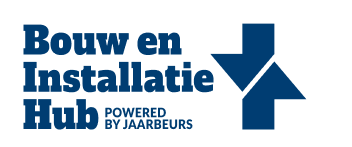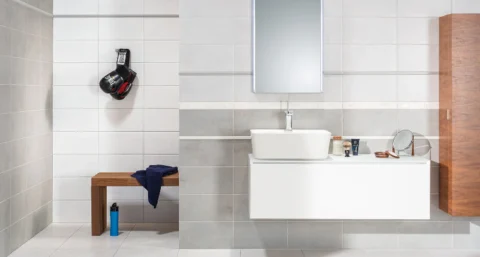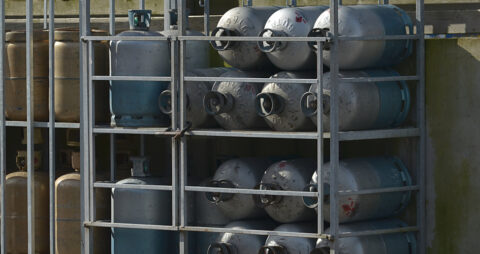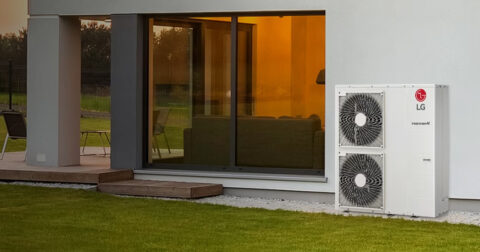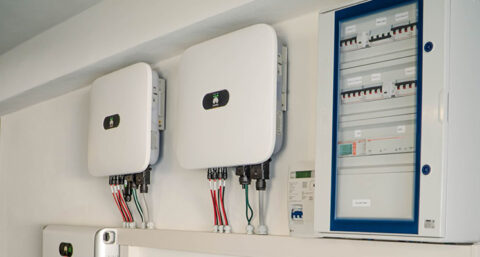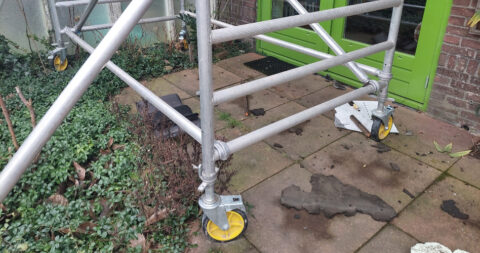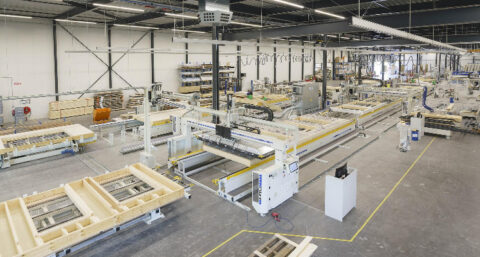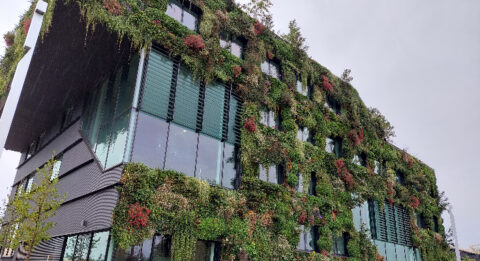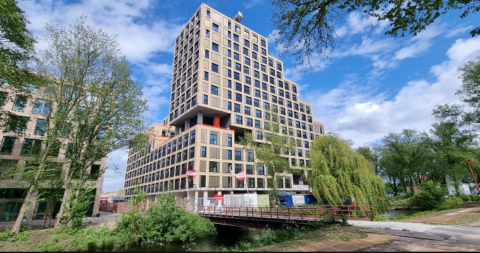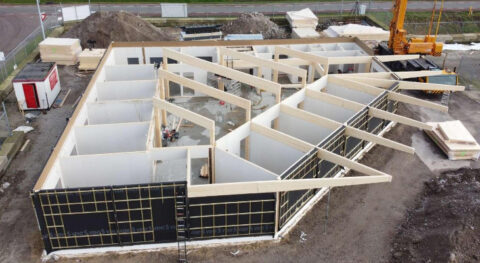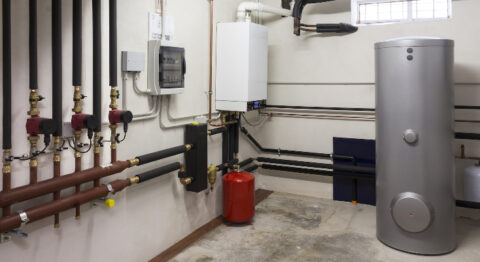The maximum electricity feed-in capacity has been reached in the tail of Zuid-Beveland and in Walcheren Noord. Network operator Stedin announced congestion for these areas to the Authority Consumer and Market (ACM) on July 2 and launched a congestion management investigation. As of now, it is no longer possible for large companies to reapply for power feed-in. Consumers can still have solar panels installed.
In the tail of Zuid-Beveland, it is the municipality of Reimerswaal, and for Walcheren Noord, it is the municipality of Veere, except Biggekerke and Koudekerke and the village of Sint Laurens in the municipality of Middelburg.
Whereas in Walcheren Noord the amount of rooftop solar by small consumers has increased enormously and is causing congestion on the electricity grid, in the municipality of Reimerswaal many applications have been made for solar and wind farms, especially by project developers using agricultural land. The structural solution in Walcheren Noord is a new 21 kV substation in Grijpskerke and for the tail of Zuid-Beveland are two investments in high-voltage substation Rilland. The new substation in Grijpskerke is expected to be ready in 2028. The grid expansion in Rilland is expected to be ready in 2030. If it turns out that this substation expansion does not provide sufficient space for the sustainable generation initiatives, Stedin will work with national grid operator TenneT on a new substation, for which planning will follow.
Possibilities of flexibility
In the congestion management study, Stedin is examining whether space can be made on the electricity grid by temporary technical solutions. In addition, Stedin is approaching customers to ask whether they are willing to make agreements to adjust their electricity feed-in at certain times for a fee. Agreements on this with wholesale customers can create new space for other wholesale customers on the waiting list.
Martin Martens, regional director of Stedin: "In order to make better use of the grid, we are also exploring opportunities in Reimerswaal to share capacity through cable pooling. This involves different customers in the same region sharing a large connection - larger than 2 MVA - on our grid in the same region. For example, to feed in sustainably generated solar and wind power to a single connection. This makes better use of the connection and allows us to connect customers within the grid's current capacity.
At the end of 2024, Stedin expects the results of the congestion management study. Stedin is calling on companies in this area to offer flexibility, for a fee, at: stedin.net/flexiblepower.
